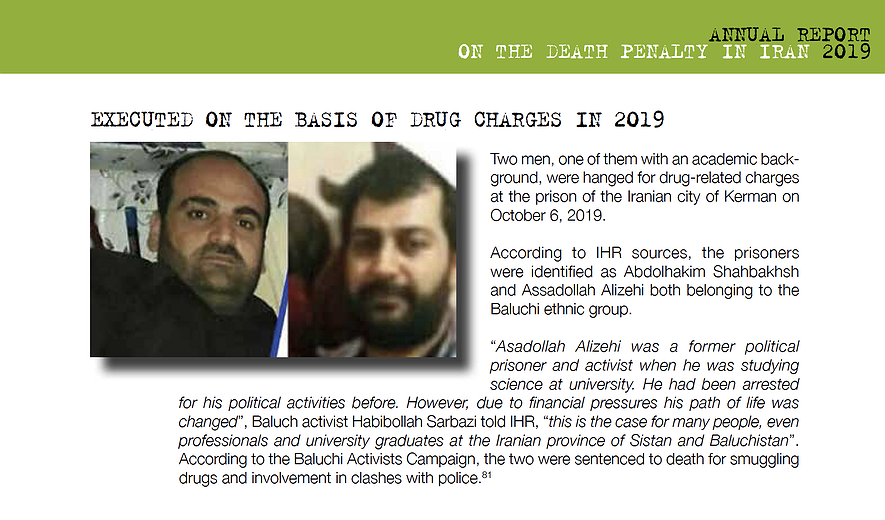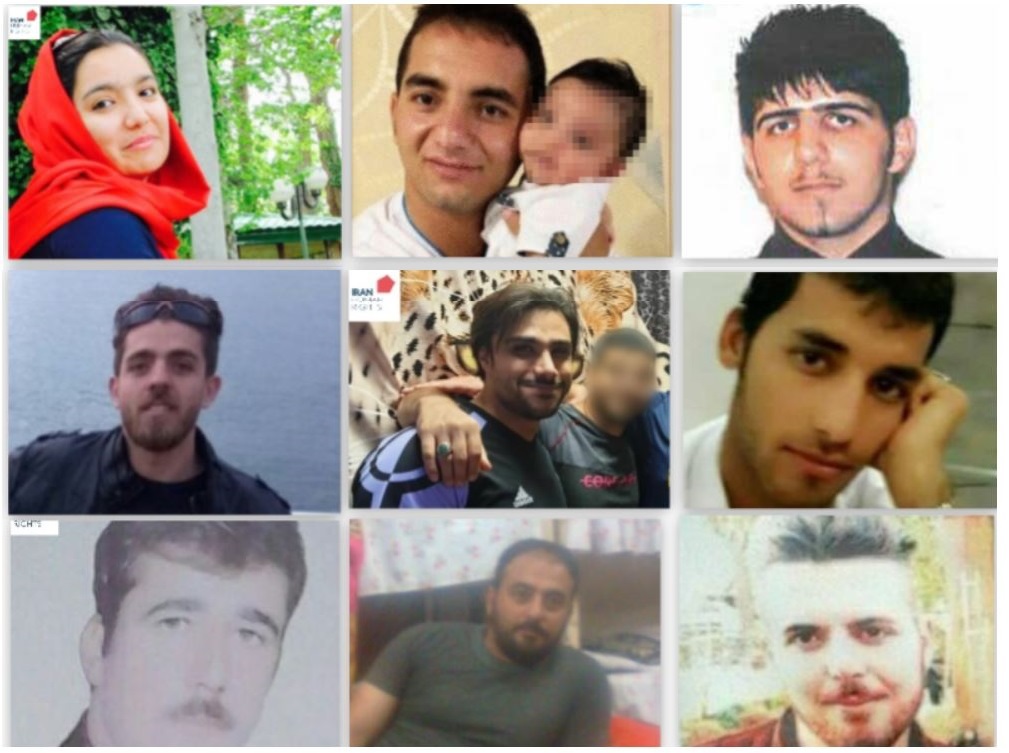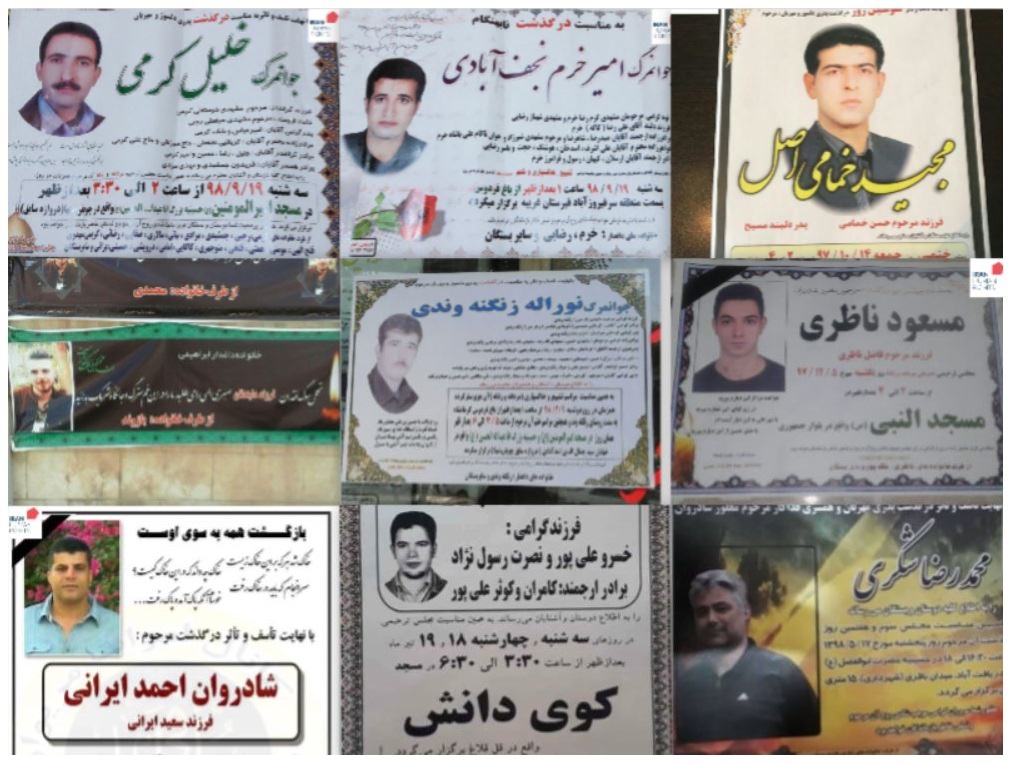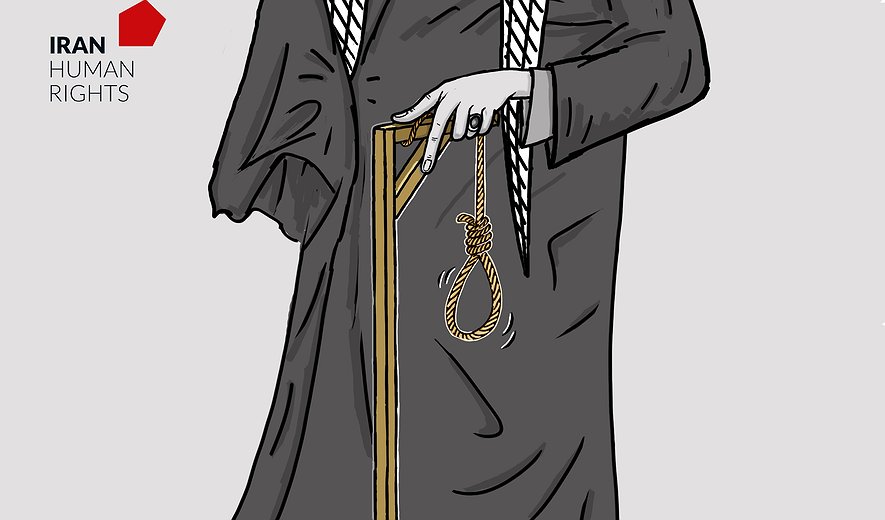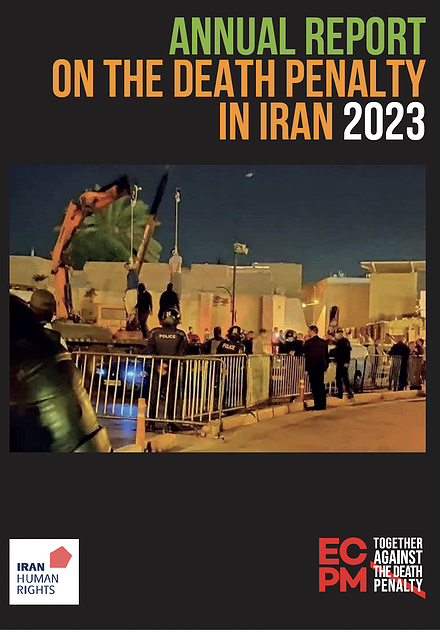How IHR documents secret executions in Iran
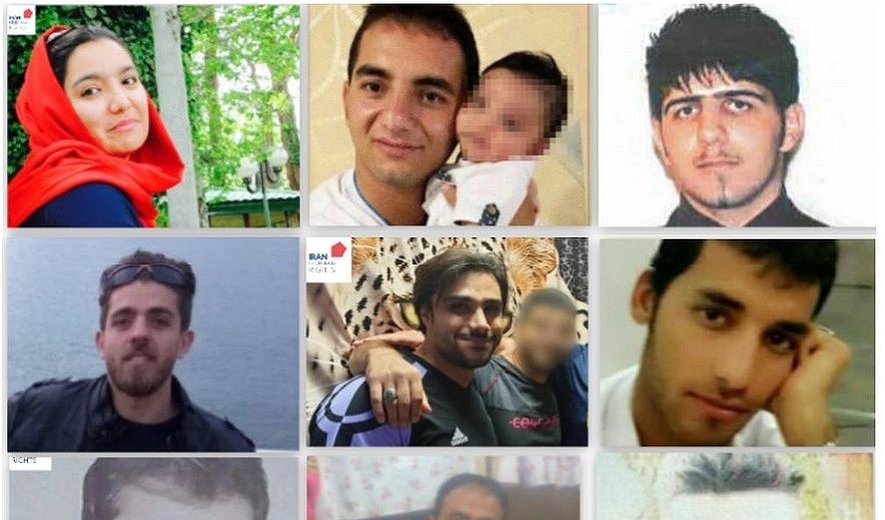
Iran Human Rights (IHR): The 12th annual report on the death penalty by Iran Human Rights (IHR) and ECPM (Together Against the Death Penalty) provides an assessment and analysis of the death penalty trends in 2019 in the Islamic Republic of Iran. It sets out the number of executions in 2019, the trend compared to previous years, the legislative framework and procedures, charges, geographic distribution and a monthly breakdown of executions. Lists of the female and juvenile offenders executed in 2019 are also included in the tables.
The report also looks into the abolitionist movement within Iran, including the forgiveness movement and its contribution to limiting the use of the death penalty, the artists and filmmakers attempting to promote abolition, and the authorities’ attempt to promote the death penalty and crackdown on human rights defenders.
In this article, you will read about a section of the report regarding secret and unannounced executions in Iran in 2019.
For references and more, see the Annual Report of the Death Penalty in Iran (pdf)
Approximately 70% of all executions included in the 2019 report, i.e. 196 executions, were not announced by the authorities. Some of these executions were carried out secretly, without the family or the lawyer being informed, and some have simply not been announced by the official media. The actual numbers are believed to be much higher.
Some facts about secret or unannounced executions in 2019:
• At least 196 (70%) executions were not announced by official Iranian sources;
• Only 1 of the 30 drug-related executions was announced by official sources;
• Drug offences counted for the charges in 15% of unannounced executions;
• Murder charges counted for 81% of unannounced executions.
DOCUMENTATION OF UNANNOUNCED EXECUTIONS
Only unofficial reports with a sufficient amount of information have been included in this report.
IHR’s network inside the country received information about many executions which are not announced by the official media. Confirming these reports is a challenging task as the media is either directly controlled or under strong scrutiny by the authorities. Reporting human rights violations to human rights organizations is regarded as a crime and the people involved face criminal charges. Despite this, every year IHR manages to confirm several hundred cases of executions which are not announced by the authorities. In many cases, information about executions is verified by two or more independent sources. In some cases, IHR receives pictures which can document the execution.109 In many cases, pictures, along with the names of the prisoners, were sent to IHR. Some of these pictures are shown below.
Pictures showing some of the people whose executions were not announced by the official media, but IHR documented their executions.
Death or funeral notices are also used as documentation to support reports of unannounced executions received by IHR.
GEOGRAPHIC DISTRIBUTION OF ANNOUNCED AND UNANNOUNCED/SECRET EXECUTIONS
As in previous years, the big prisons in the Karaj/Tehran area were the sites of the highest number of both officially announced and unannounced executions. More details are provided in the following section.
EXECUTIONS IN THE ALBORZ/TEHRAN AREAS
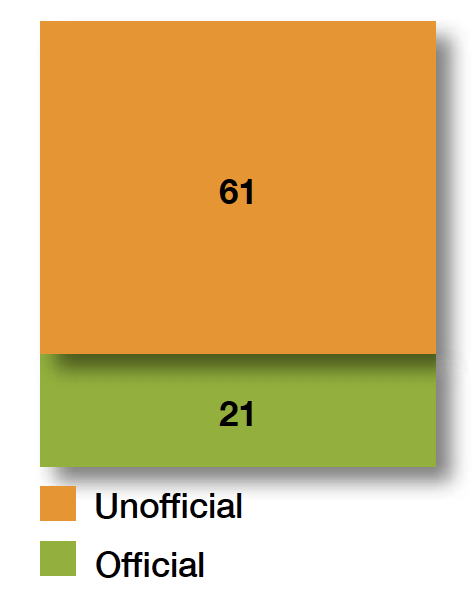 The diagram shows the official (green) and unofficial/unannounced (yellow) executions in the three prisons of Karaj (Alborz province) which house prisoners from the provinces of Tehran and Alborz. However, there are also prisoners from the rest of the country in these prisons. These include the prisons of Rajai Shahr, Ghezelhesar and the Central Prison of Karaj (also called Nedamatgah).
The diagram shows the official (green) and unofficial/unannounced (yellow) executions in the three prisons of Karaj (Alborz province) which house prisoners from the provinces of Tehran and Alborz. However, there are also prisoners from the rest of the country in these prisons. These include the prisons of Rajai Shahr, Ghezelhesar and the Central Prison of Karaj (also called Nedamatgah).
All three prisons are located in Alborz Province.110 The largest number belongs to those convicted of murder and sentenced to qisas. Only two of the executions were carried out in Nedamatgah. No reports of executions in Ghezelhesar were received by IHR in 2019, but some of the prisoners executed in Rajai Shahr prison had been transferred from Ghezelhesar.
GEOGRAPHIC DISTRIBUTION OF EXECUTIONS IN THE REST OF COUNTRY

The diagram above shows the geographical distribution of official (green) and unofficial/unannounced (yellow) executions in other parts of Iran, excluding the Tehran/Karaj area. The prisons in the provinces of West Azerbaijan (northwest), Khorasan Razavi (northeast), Hormozgan (south) and Fars (south) had the highest number of executions. West Azerbaijan, East Azerbaijan and Zanjan had the highest number of unannounced executions.
